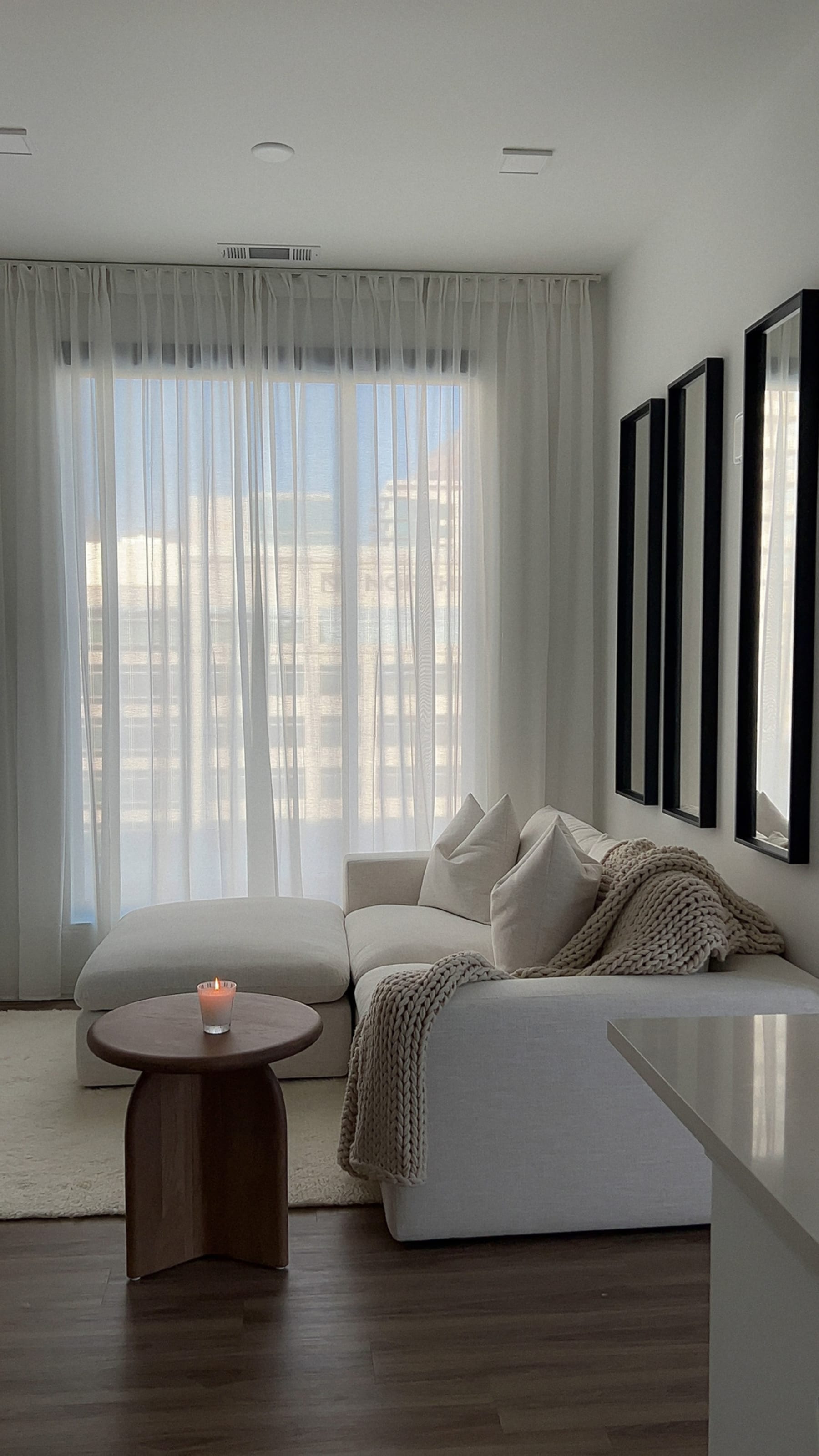
5 Types of Lighting and Why They're Important
Lighting is a vital but often overlooked factor that can drastically change the look and feel of a room. It helps in setting the mood, enhancing aesthetics, and improving the functionality of any space. The right lighting can drastically change not only the mood or tone, but even make the room feel more luxurious.
Whether you’re designing a cozy living room, a productive home office, or a tranquil bedroom, choosing the right type of lighting is essential.
In this guide, we explore the different types of lighting available and why they’re so important in creating an inviting space.
Types of lighting in interior design
Natural light
Natural sunlight is probably one of the most important things to ‘include’ in your home. It's the sunlight that streams in through windows, skylights, and any other openings that connect your indoor spaces with the outdoors. Many interior designers stress that you should allow natural light to enter as it helps to brighten up the space.
Using sheer curtains and window treatments can allow more light to penetrate, and you can add thicker curtains if you’re doing the reverse.

@amanirakeia uses sheer curtains to block out some natural sunlight. Pictured: The Dawson Sofa with Ottoman.
Natural light should still be complemented with artificial lighting though, as sunlight can be too versatile - making it hard to control. The location, direction of the room, and seasons can all affect the amount of sunlight entering the space.
Ambient lighting
Ambient lighting is the foundation of any lighting design. It provides overall illumination to a room, ensuring that the space is well-lit and comfortable for daily activities.
Chandeliers, pendant lights, and recessed lighting are common choices for ambient lighting. By evenly distributing light throughout the room, ambient lighting creates a welcoming and balanced environment.
Task lighting
Task lighting is specifically designed to illuminate areas where specific activities take place. Whether you're reading a book, preparing meals, or working on a project, task lighting ensures that you have ample illumination for the task at hand.

The Cedric Floor Lamp is great for cozy reading nights on your sofa. Picture credits: @munahbagharib
Reading lamps, under-cabinet lights, and pendant lights are popular options for task lighting.
Accent lighting
Not to be confused with task lighting, accent lights highlight architectural features, artwork, or decor elements. This type of lighting creates visual interest and draws attention to specific areas, adding depth and dimension to a room.

The Burgeon Marble Table Lamp features an emerald green marble base to add a touch of luxury to your space.
Spotlights, track lighting, and wall-mounted fixtures are commonly used for accent lighting. By creating contrast and shadows, accent lighting contributes to the overall ambiance and aesthetic appeal of the space.
Mood lighting
Mood lighting focuses specifically on creating a particular emotional or psychological ambiance within a space. It involves the strategic use of lighting to evoke feelings, set the tone, and enhance the overall atmosphere of a room. For example, mood lighting can be used to create a moody setting or a vibrant and energizing environment.
Mood lighting often involves the manipulation of light intensity, color, and distribution to achieve the desired effect.
In the world of interior design, lighting serves as both a functional necessity and a creative tool. The various types of lighting mentioned above work in harmony to transform a space into a welcoming and visually appealing environment.
By understanding the role of each type of lighting and how to effectively utilize them, you can craft a home that balances both practicality and aesthetics. So, the next time you're designing or revamping your living space, remember that lighting isn't just an afterthought – it's a crucial aspect that can truly illuminate the space.